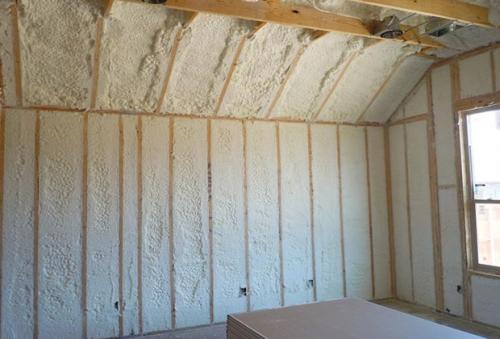What’s the Difference Between Open Cell Spray Foam and Closed Cell Spray Foam?

Spray Foam Insulation, as you probably know, is one
of the commonest insulation materials that are used today. Although the upfront
costs of installing such insulation are on the higher side, the benefits can be
immense - both over short and long-term. This kind of insulation is
available in two varied types – Open
cell Spray Foam and Closed Cell Spray foam, and the costs for each type can
vary. What is open
cell spray foam insulation? It is a Spray insulation
material with foam cells located slightly farther apart than Closed
Cell Spray foam.
What are the Differences?
There are quite a few points of differences, including:
·
Cells - Spray insulation is regarded as Closed-cell or
Open-cell based on the variance between the cells, which look like small
bubbles, constituting the foam. The cells in Open Cell foam are not
encapsulated fully, which makes it softer and more flexible. But the cells in
Closed Cell foam are fully pressed together and closed, thus preventing the
entry of moisture and air inside.
·
Density – The density of Closed Cell foam is significantly
more as compared to Open Cell foam. While the latter, in most cases, has around
0.5 pounds of density per cubic foot, Closed cell foam can be more than thrice
of that, having per cubic foot density of 1.75 pounds or even higher.
·
R-Value – The R-value of Closed cell foam is more than
open cell foam, generally around 6.0 per inch. However, the R-value is even
more for a few closed cell foams. Closed cell foam, with a higher rating, can
keep heat better in a structure or out of it. The R-value of Open cell foams is
about 3.5 per inch, which makes it unsuitable for extreme temperature
conditions. Clearly, the benefits of Closed Cell Spray
Foam Insulation cost are much more than that of Open-cell Spray Foam.
Post Your Ad Here


Comments